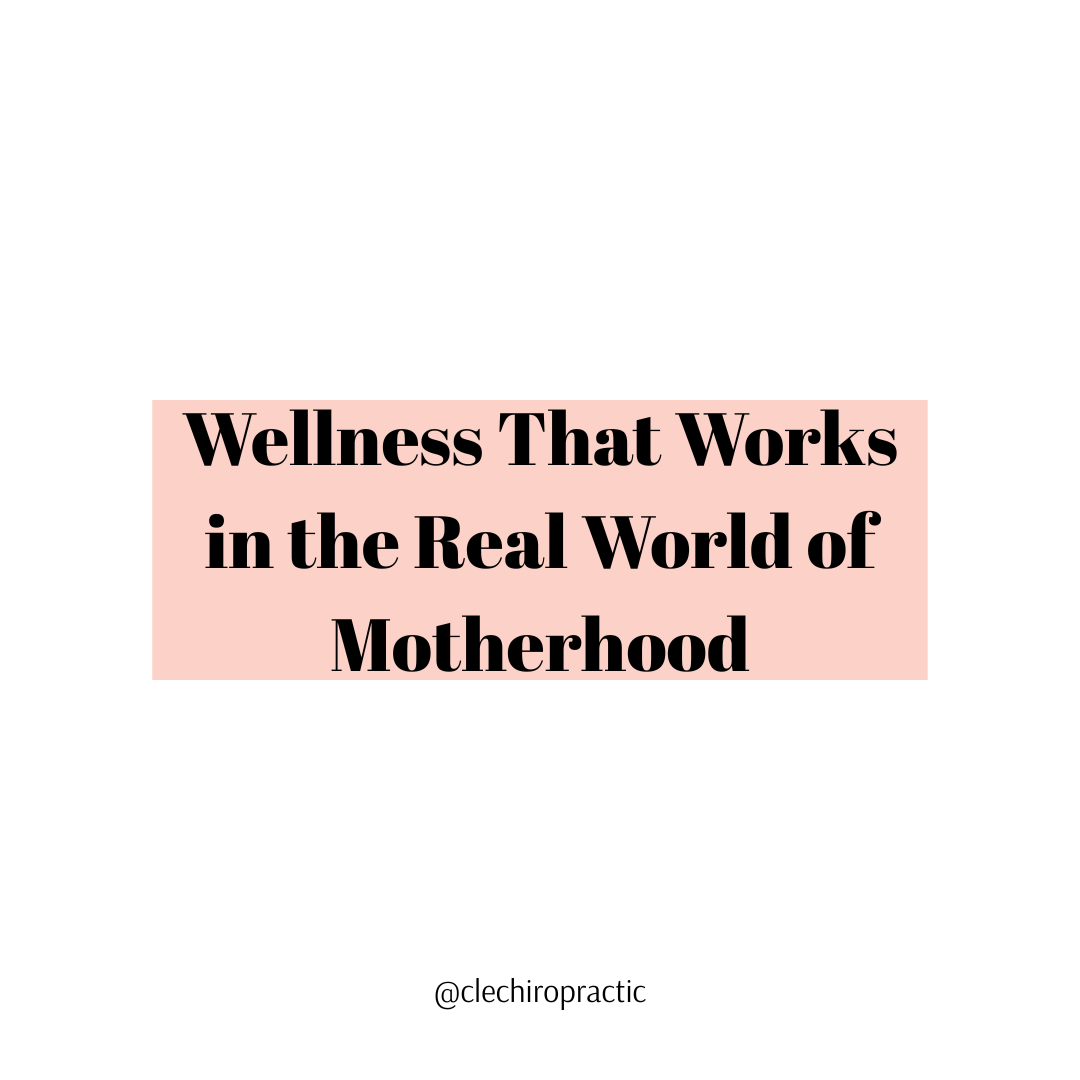Progressive Muscle Relaxation: A Simple Technique for Stress and Pain Relief
In today’s fast-paced world, stress and tension can take a serious toll on both our mental and physical health. Whether you’re dealing with chronic pain, anxiety, or just everyday stress, Progressive Muscle Relaxation (PMR) is a simple yet powerful technique that can help you find relief.
PMR involves systematically tensing and relaxing different muscle groups in the body, helping you become more aware of physical tension and teaching your body how to release it.
Benefits of Progressive Muscle Relaxation
· Reduces stress and anxiety – By focusing on physical relaxation, PMR can help calm the mind and lower stress hormones.
· Relieves muscle tension and pain – Regular practice can help ease tension-related pain, including back pain, neck pain, and tension headaches.
· Improves sleep quality – PMR can help those struggling with insomnia or restlessness by promoting relaxation before bedtime.
· Enhances body awareness – It helps individuals recognize areas of chronic tension and work toward long-term relief.
How to Perform Progressive Muscle Relaxation
To get started, find a quiet space where you won’t be disturbed. Sit or lie down in a comfortable position. Take a few deep breaths to settle in, and then follow these steps:
1. Start with Your Feet
· Inhale deeply and tense the muscles in your feet by curling your toes. Hold for about 5-10 seconds.
· Exhale slowly as you release the tension and notice the relaxation spreading.
2. Move to Your Calves
· Tighten your calf muscles by pointing your toes upward. Hold for 5-10 seconds, then release.
3. Engage Your Thighs
· Squeeze your thigh muscles and hold. Feel the tension, then let it go as you exhale.
4. Tense Your Abdomen
· Tighten your stomach muscles as if preparing for a light punch. Hold, then release.
5. Relax Your Chest and Back
· Take a deep breath and contract the muscles in your chest. Hold, then release.
· Slightly arch your back to tense those muscles, then let go.
6. Squeeze Your Hands and Arms
· Make a tight fist and tense your forearms and biceps. Hold, then release.
7. Relax Your Shoulders and Neck
· Shrug your shoulders up toward your ears. Hold, then exhale as you drop them back down.
8. Finish with Your Face
· Clench your jaw and scrunch your face for a few seconds. Then, slowly relax your facial muscles.
9. Take a Few Deep Breaths
After completing the sequence, take a moment to enjoy the feeling of relaxation throughout your body. Breathe deeply and slowly for a few more moments before resuming your day.
Tips for Best Results
· Practice PMR daily, especially before bedtime or during high-stress moments.
· Focus on the contrast between tension and relaxation to increase awareness.
· Pair PMR with deep breathing for enhanced relaxation.
Progressive Muscle Relaxation is a simple yet effective way to relieve stress and pain. Whether you’re dealing with chronic discomfort or just need a way to unwind after a long day, this practice can help you feel more at ease in your body.
Progressive muscle relaxation is just one mind-body tool that I use to help with stress. I will be sharing other practices so that you can build your stress relief toolbox!
Please let us know if you have any questions!
Take care,
Dr. Gina





